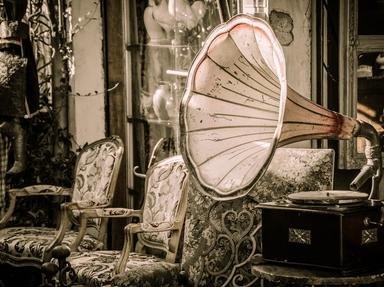Quiz Answer Key and Fun Facts
1. It seems that there is a persistent rumor that the inventor of the flush toilet was one Thomas Crapper. Did Thomas Crapper even exist?
2. Filthy toilet seats are the bane of road travellers, but at home it isn't quite the same problem. Testing by Dr. Charles Gerba, a microbiologist at the University of Arizona, discovered that another part of the bathroom is much dirtier, with 200 million bacteria per square inch. What part was the dirtiest?
3. Many early civilizations had toilet systems that involved water drainage, but the earliest known *flushing* toilet was part of which culture?
4. It seems like you can never get away from the tax man. What Roman emperor, whose name is still attached to public urinals in France, Italy and Romania, established a urine tax in the year A.D. 69?
5. The man historically accepted as being the inventor of the first 'modern' flushing toilet (called an ajax) was a godson to Queen Elizabeth I. He wrote a political allegory about it called "A New Discourse upon a Stale Subject: The Metamorphosis of Ajax". What was his name?
6. While various flushing toilet systems had existed for some time, it was not until 1775 that the first patent for a flush toilet design was issued to Alexander Cummings. What was his actual occupation?
7. What important toilet accessory was invented by American Joseph Gayetty in the year 1857?
8. Thomas Twyford gifted one of the first ceramic toilets to which European monarch in the year 1883?
9. According to statistics, the average person visits the toilet approximately how many times in a year?
10. World Toilet Day, dedicated to bringing awareness to the issue of the lack of proper sanitation around the globe, occurs every November 19th. In what year was this established?
Source: Author
reedy
This quiz was reviewed by FunTrivia editor
bloomsby before going online.
Any errors found in FunTrivia content are routinely corrected through our feedback system.


